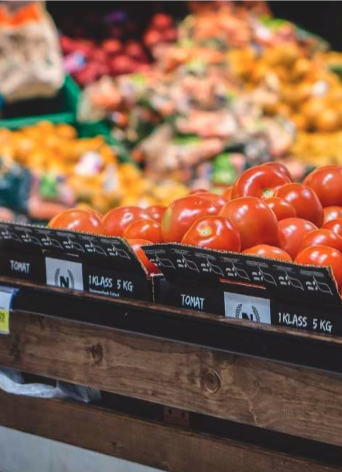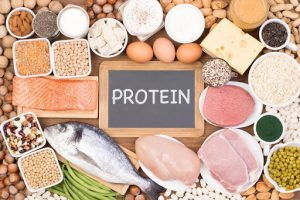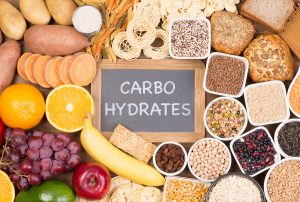Make the most of Nutrition

Fresh fruit and vegetables help make meals more nutrient dense!
Nutrition
-

Protein
Found in beef, pork, chicken, game and wild meats, fish and seafood, eggs, soybeans and other legumes included in traditional Central America cuisine, protein provides the body with amino acids. Amino acids are the building blocks of proteins which are needed for growth, development, and repair and maintenance of body tissues. Protein provides structure to muscle and bone, repairs tissues when damaged and helps immune cells fight inflammation and infection.
-

Carbohydrates
The main role of a carbohydrate is to provide energy and fuel the body the same way gasoline fuels a car. Foods such as corn, chayote, beans, plantains, rice, tortilla, potatoes and other root vegetables such as yucca, bread and fruit deliver sugars or starches that provide carbohydrates for energy. Energy allows the body to do daily activities as simple as walking and talking and as complex as running and moving heavy objects. Fuel is needed for growth, which makes sufficient fuel especially important for growing children and pregnant women. Even at rest, the body needs calories to perform vital functions such as maintaining body temperature, keeping the heart beating and digesting food.
-

Fat
Dietary fat, which is found in oils, coconut, nuts, milk, cheese, meat, poultry and fish, provides structure to cells and cushions membranes to help prevent damage. Oils and fats are also essential for absorbing fat-soluble vitamins including vitamin A, a nutrient important for healthy eyes and lungs.
Try out our Recipes
View our Nutrition Education Information
-
Healthy Baking Substitutions
In this lesson, we discussed a variety of substitutions that can be made to replace unhealthy baking choices with healthier options. These include the use of applesauce instead of oil or butter and the use of honey instead of table sugar. -
Smart Swaps
In this lesson, we discuss the ways in which unhealthy foods can be replaced with healthier options in your everyday diet. You can still enjoy your favorite home-cooked meals but with a healthier twist! -
Nutrition Label
In this lesson, we break down the ins and outs of the new nutrition label, including how to calculate calories across different categories, what each area entails, and why food labels are important. -
Baking without Milk
In this lesson, we discussed the ways in which other options can be included in a recipe to avoid the use of milk, for those who wish to reduce the consumption of unhealthier dairy options. These include the use of coconut milk, almond milk, or water/butter. -
Food Safety
In this lesson, we discuss the important concept of food safety, to ensure that no one has to experience the effects of a foodborne illness. We discuss healthy cooking temperatures, how to keep your spaces sanitary, and innovative ideas for helping your family stay food safe.
